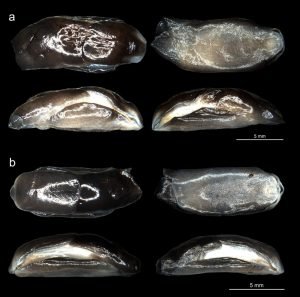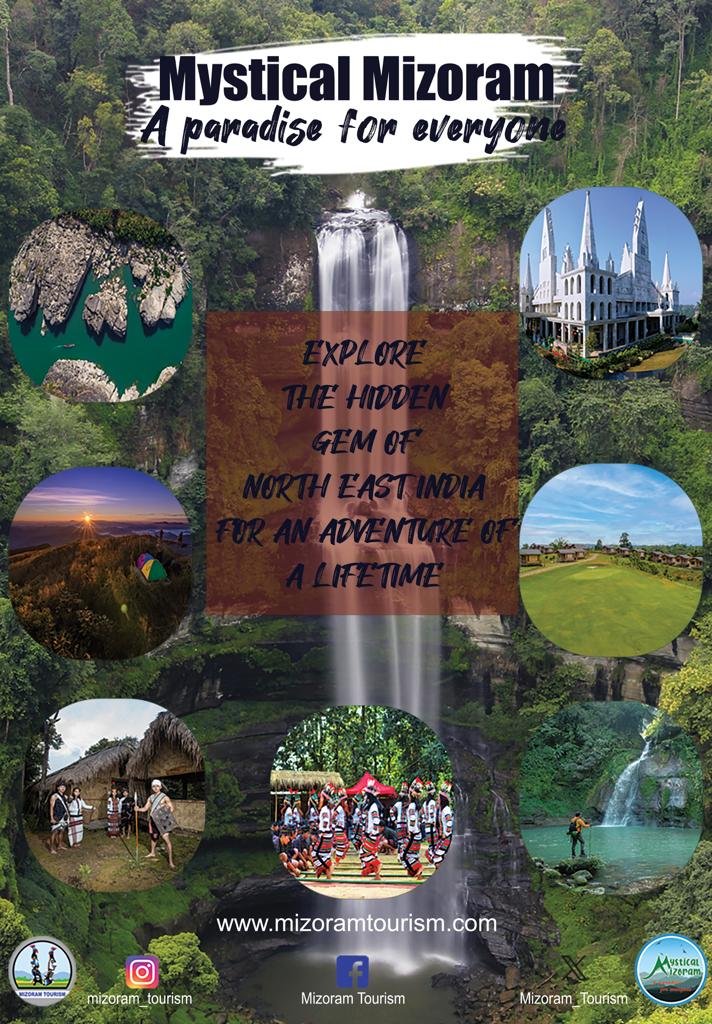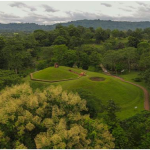BY TTT NEWS NETWORK
KOLKATA, 30 NOVEMBER 2022
The scientists of Zoological Survey of India (ZSI) has recently come across a new species of head-shield sea slug, named as Melanochlamys bengalensis from Digha and adjoining places like m Bakkhali, Tajpur, New Digha, Udaipur, Talsari, Chandipur and Kanika Islands (Odisha).

The species was examined thoroughly by integrating morphological characters and conducting a molecular analysis, and its status as a new species was confirmed. The finding involved Dr Prasad Chandra Tudu of Marine Aquarium and regional Centre, Digha (a unit of ZSI), Dr Sheikh Sajan from ZSI headquarters, Dr Soumen Roy from City College, Kolkata, Dr Amit Mukhopadhyay from ZSI Headquarters, Dr Basudev Tripathy, from Western Regional Centre, ZSI, Pune and Dr Anil Mohapatra from Estuarine Biology Centre, ZSI, Gopalpur.
The name of the animal was derived from its vicinity of occurrence, Bay of Bengal and the common name was proposed as the Bay of Bengal Head-Shield Sea slug. The research paper on the new species has been published in the international journal Molluscan Research, a journal of Malacological Society of Australasia and the Society for the Study of Molluscan Diversity published by Taylor and Francis, England.

Dr Dhriti Banerjee, Director of Zoological Survey of India, Kolkata has informed that in this regard it took around a decade to confirm and publish this new animal. Our scientists have started work on it since 2010-11. The species was confirmed by examination of morphological, and anatomical characters and analysis of DNA. It is a small, length from 12 mm to 14mm, black in colour, shell inside body, no backbone (invertebrate) animal, normally crawling on the intertidal zone, which left the crawl mark behind them in the sand beach.
The reproduction of these sea animals apparently occurs between November and January. Its distribution is recorded around 295 kilometres stretch from Bakkhali of West Bengal to Konica Island of
Odisha. The type locality was designated as New Digha. The type specimens were deposited in the museum of two regional centres and Headquarters of ZSI, i.e., Kolkata, and Marine Aquarium and Regional Centre, Digha and Estuarine Biology and Regional Centre, Gopalpur.
There are 17 species of this genus found around the globe, including this species and all these species are generally distributed in temperate regions of the Indo-Pacific Oceanic realm. This is the second truly tropical species after Melanochlamys papillata from the
Gulf of Thailand.
The habitat of M. bengalensis is dynamic beaches containing large intertidal areas with fine sand and relatively low wave heights. The type locality (New Digha, a border town between West Bengal and Odisha states) itself has a shallow beach with an intertidal zone that is wider than 500 m at low tide. The widest intertidal zone of about 2 km is at Chandipur with a very shallow beach and the lowest wave height.

The north-western region of the Bay of Bengal is part of an unusual bio-geographic area possessing an estuarine environment during the monsoon season from July to September and a marine environment throughout the rest of the year. Bakkhali is located at the mouth of the Hooghly River which is a tributary of the River Ganges, and very close to the Sundarban mangrove forest. Although the molluscan diversity of this region has been well documented, with 301 species now recorded from the West Bengal coast and 496 species from the Odisha coast, the discovery of M. bengalensis n. sp. shows that the Indian region, particularly that of the Bay of Bengal, needs further investigation for its marine biodiversity.

Advertisement:


































Add Comment